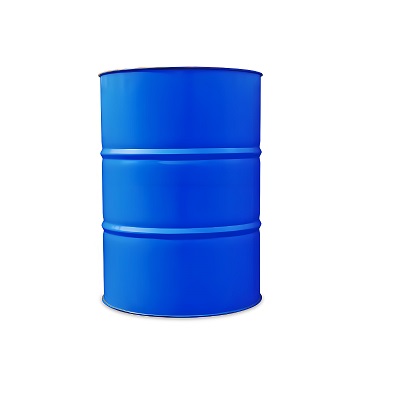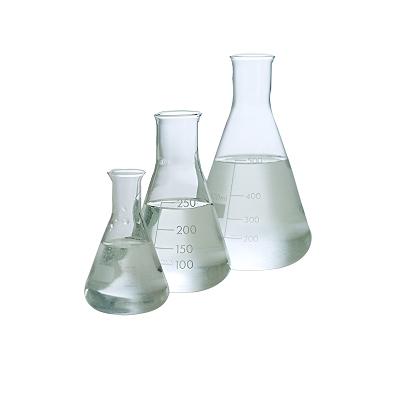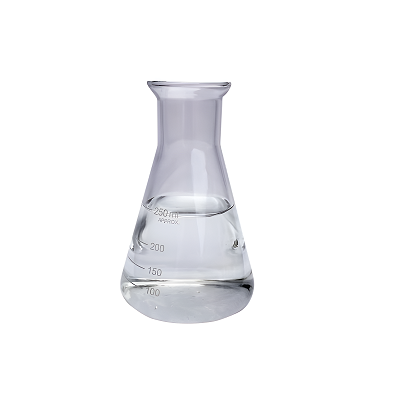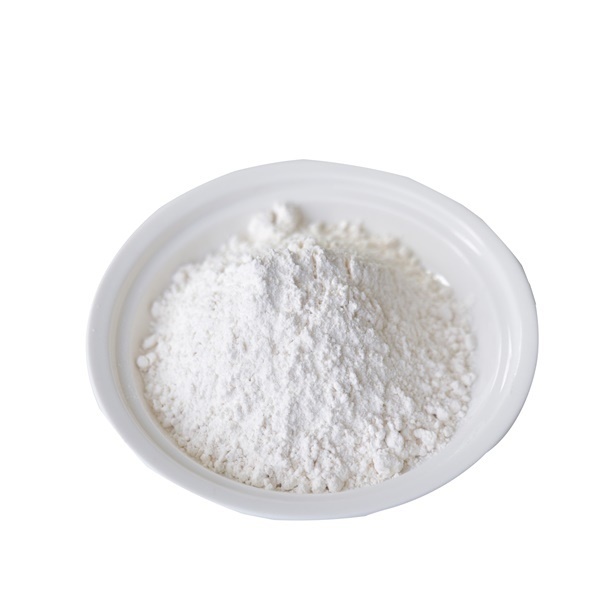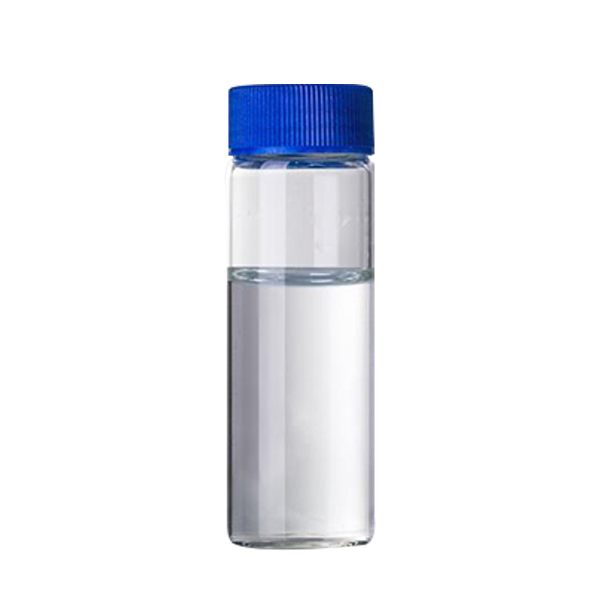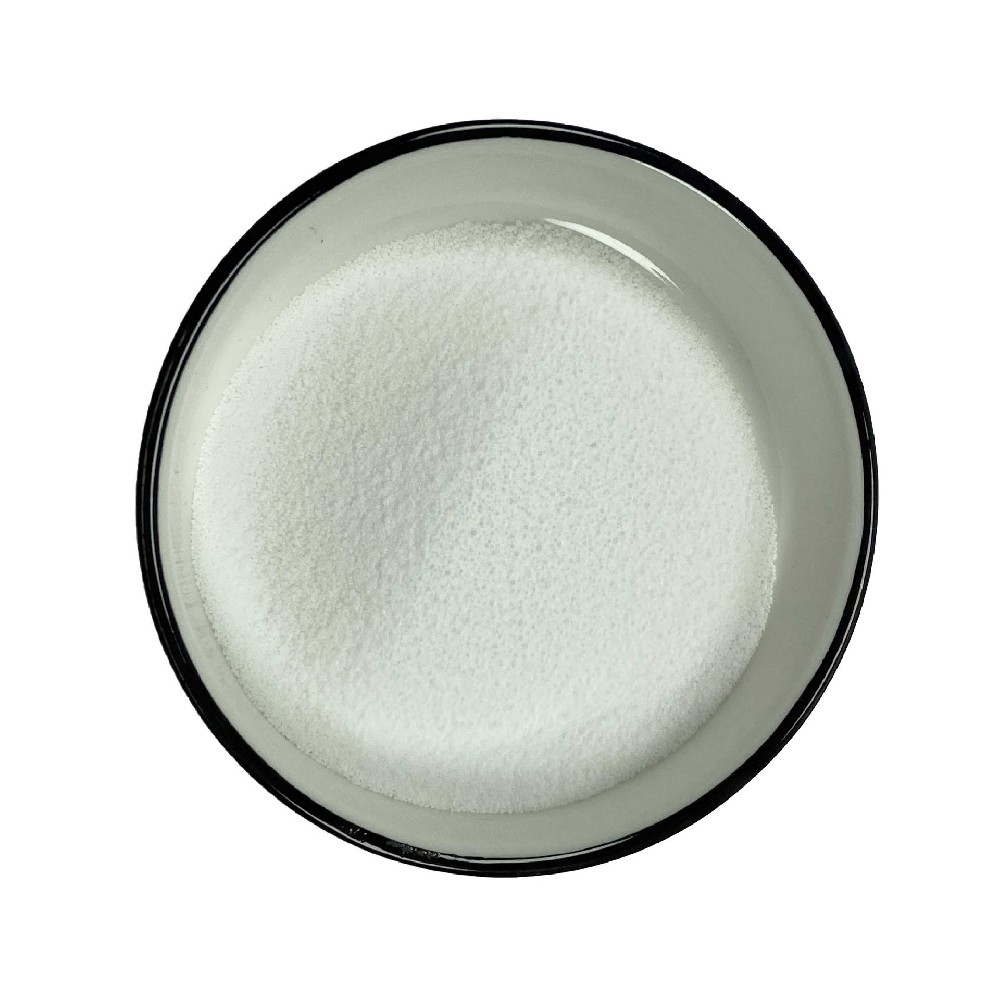

Ethyl acrylate cas 140-88-5
——————
CAS number : 140-88-5
molecular formula : C5H8O2
EINECS : 205-438-8
——————
Email : info@deshangchem.com
Mobile : +86-13153039501
TEL : +86-531-88752665
Product name: Ethyl acrylate
CAS number: 140-88-5
Molecular formula: C5H8O2
EINECS number: 205-438-8
Physical and chemical properties
Ethyl acrylate (EA) is a colorless, volatile liquid with a pungent odor. It can be used as an important component of synthetic adhesives, coatings, plastics and textile auxiliaries. Ethyl acrylate can also be used as a monomer for polymer synthetic materials. Its copolymer with ethylene is a hot-melt adhesive. Its copolymer with 5% chloroethyl vinyl ether is a synthetic rubber with good oil and heat resistance, which can replace nitrile rubber in some cases.
Applications
Ethyl acrylate is an intermediate for the preparation of carbamate insecticide benfuracarb. It can also be used as a raw material for protective coatings, adhesives and paper impregnation agents. Its polymer can be used as a leather anti-cracking agent. Its copolymer with ethylene is a hot-melt adhesive. Its copolymer with 5% chloroethyl vinyl ether is a synthetic rubber with good oil and heat resistance, which can replace nitrile rubber in some cases.
Chemical properties
Colorless liquid, volatile. Miscible with ethanol and ether, soluble in chloroform, slightly soluble in water.
Ethyl acrylate Chemical Properties
| Melting point | −71 °C(lit.) |
| Boiling Point | 99 °C(lit.) |
| density | 0.921 g/mL at 20 °C |
| Vapor density | 3.5 (vs air) |
| Vapor pressure | 31 mm Hg ( 20 °C) |
| Refractive Index | n20/D 1.406(lit.) |
| Flash point | 60 °F |
| Storage conditions | 2-8°C |
| Solubility | 20g/l |
| form | liquid |
Uses
Mainly used as a comonomer for synthetic resins, the resulting copolymers are widely used in coatings, textiles, leather, adhesives and other industries
Uses
Ethyl acrylate is an intermediate for the preparation of carbamate insecticide benfuracarb. It can also be used as a raw material for protective coatings, adhesives and paper impregnation agents. Its polymer can be used as a leather anti-cracking agent. Its copolymer with ethylene is a hot-melt adhesive. Its copolymer with 5% chloroethyl vinyl ether is a synthetic rubber with good oil and heat resistance, which can replace nitrile rubber in some cases.
Uses
Permitted edible spices. Mainly used in the preparation of rum, pineapple and assorted fruit flavors.
Uses
Monomer of polymer synthetic materials. Also used in the manufacture of coatings, adhesives, leather processing agents, textile auxiliaries, paint additives, etc. The copolymer with ethylene is a hot melt adhesive; the copolymer with 5% chloroethyl vinyl ether is a synthetic rubber with good oil and heat resistance, which can replace nitrile rubber in some cases.
Uses
1. Polymerizable monomer, used for medium-soft flexible polymers.
2. Organic synthesis. Used to make various resins for coatings, textiles, leather, adhesives and other industries.
Production methods
There are six production methods for acrylic esters: vinyl cyanide method; high-pressure Reppe method; improved Reppe method; β-propiolactone method (Goodrich method); hydrolysis method of acrylonitrile and alcohol; propylene oxidation method. The current production methods are acrylonitrile method, β-propiolactone method, Reppe method with acetylene as raw material, and propylene oxidation method. Among them, propylene oxidation method is currently the most widely used method.
1. Acrylonitrile method This method is actually the development of the early cyanoethanol method. The first step is to heat acrylonitrile and sulfuric acid together to hydrolyze acrylamide sulfate, and the second step is esterification with alcohol to generate the corresponding acrylic ester and ammonium bisulfate as a by-product.
2. β-propiolactone method Ethylene ketone and anhydrous formaldehyde react in the presence of aluminum chloride at 25°C in the gas phase to form β-propiolactone, which can be directly reacted with alcohol and sulfuric acid without purification to generate the corresponding acrylic ester. This method has high product purity, by-products and unreacted materials can be recycled, the yield is high, the reaction conditions are simple, and it is suitable for continuous production, but the raw material cost is high.
3. Raper process with acetylene as raw material During World War II, Raper found two methods to react acetylene, carbon monoxide with water or alcohol to produce acrylic acid or acrylic ester. One is called stoichiometric method and the other is called catalytic method. These two methods are difficult to industrialize due to factors such as the toxicity of nickel carbonyl, the consumption of nickel and the danger of acetylene at high temperatures.
4. Direct oxidation of propylene Propylene is first oxidized to acrolein and then further oxidized to acrylic acid. Acrylic ester is produced from acrylic acid by continuous esterification reaction of acrylic acid and corresponding alcohol in the presence of ion exchange resin catalyst at boiling temperature.
Production methods
There are 6 production methods for ethyl acrylate: vinyl cyanide method, high-pressure Raper method, improved Raper method, β-propiolactone method, hydrolysis method of acrylonitrile and alcohol, and propylene oxidation method. The current industrial production methods are the acrylonitrile method, β-propiolactone method, Raper method using acetylene as raw material, and propylene oxidation method, among which propylene oxidation method is currently the most widely used method. The propylene oxidation method is to first oxidize propylene to acrolein, and then further oxidize it to acrylic acid, and then continuously esterify acrylic acid and ethanol in the presence of an ion exchange resin catalyst at boiling temperature to obtain ethyl acrylate. The reaction equation is as follows: CH2=CH-CH3[O2]→CH2=CHCHO[O2]→CH2=CHCOOHCH2=CHCOOH+C2H5OH→CH2=CHCOOC2H5
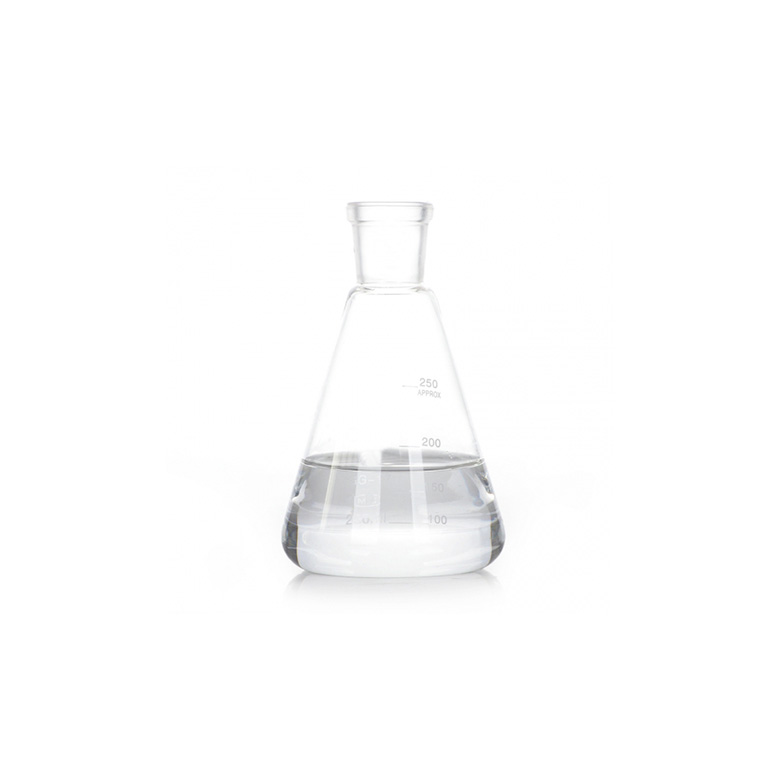
Ethyl acrylate cas 140-88-5
Product name: Ethyl acrylate
CAS number: 140-88-5
Molecular formula: C5H8O2
EINECS number: 205-438-8
Physical and chemical properties
Ethyl acrylate (EA) is a colorless, volatile liquid with a pungent odor. It can be used as an important component of synthetic adhesives, coatings, plastics and textile auxiliaries. Ethyl acrylate can also be used as a monomer for polymer synthetic materials. Its copolymer with ethylene is a hot-melt adhesive. Its copolymer with 5% chloroethyl vinyl ether is a synthetic rubber with good oil and heat resistance, which can replace nitrile rubber in some cases.
Applications
Ethyl acrylate is an intermediate for the preparation of carbamate insecticide benfuracarb. It can also be used as a raw material for protective coatings, adhesives and paper impregnation agents. Its polymer can be used as a leather anti-cracking agent. Its copolymer with ethylene is a hot-melt adhesive. Its copolymer with 5% chloroethyl vinyl ether is a synthetic rubber with good oil and heat resistance, which can replace nitrile rubber in some cases.
Chemical properties
Colorless liquid, volatile. Miscible with ethanol and ether, soluble in chloroform, slightly soluble in water.
Ethyl acrylate Chemical Properties
| Melting point | −71 °C(lit.) |
| Boiling Point | 99 °C(lit.) |
| density | 0.921 g/mL at 20 °C |
| Vapor density | 3.5 (vs air) |
| Vapor pressure | 31 mm Hg ( 20 °C) |
| Refractive Index | n20/D 1.406(lit.) |
| Flash point | 60 °F |
| Storage conditions | 2-8°C |
| Solubility | 20g/l |
| form | liquid |
Uses
Mainly used as a comonomer for synthetic resins, the resulting copolymers are widely used in coatings, textiles, leather, adhesives and other industries
Uses
Ethyl acrylate is an intermediate for the preparation of carbamate insecticide benfuracarb. It can also be used as a raw material for protective coatings, adhesives and paper impregnation agents. Its polymer can be used as a leather anti-cracking agent. Its copolymer with ethylene is a hot-melt adhesive. Its copolymer with 5% chloroethyl vinyl ether is a synthetic rubber with good oil and heat resistance, which can replace nitrile rubber in some cases.
Uses
Permitted edible spices. Mainly used in the preparation of rum, pineapple and assorted fruit flavors.
Uses
Monomer of polymer synthetic materials. Also used in the manufacture of coatings, adhesives, leather processing agents, textile auxiliaries, paint additives, etc. The copolymer with ethylene is a hot melt adhesive; the copolymer with 5% chloroethyl vinyl ether is a synthetic rubber with good oil and heat resistance, which can replace nitrile rubber in some cases.
Uses
1. Polymerizable monomer, used for medium-soft flexible polymers.
2. Organic synthesis. Used to make various resins for coatings, textiles, leather, adhesives and other industries.
Production methods
There are six production methods for acrylic esters: vinyl cyanide method; high-pressure Reppe method; improved Reppe method; β-propiolactone method (Goodrich method); hydrolysis method of acrylonitrile and alcohol; propylene oxidation method. The current production methods are acrylonitrile method, β-propiolactone method, Reppe method with acetylene as raw material, and propylene oxidation method. Among them, propylene oxidation method is currently the most widely used method.
1. Acrylonitrile method This method is actually the development of the early cyanoethanol method. The first step is to heat acrylonitrile and sulfuric acid together to hydrolyze acrylamide sulfate, and the second step is esterification with alcohol to generate the corresponding acrylic ester and ammonium bisulfate as a by-product.
2. β-propiolactone method Ethylene ketone and anhydrous formaldehyde react in the presence of aluminum chloride at 25°C in the gas phase to form β-propiolactone, which can be directly reacted with alcohol and sulfuric acid without purification to generate the corresponding acrylic ester. This method has high product purity, by-products and unreacted materials can be recycled, the yield is high, the reaction conditions are simple, and it is suitable for continuous production, but the raw material cost is high.
3. Raper process with acetylene as raw material During World War II, Raper found two methods to react acetylene, carbon monoxide with water or alcohol to produce acrylic acid or acrylic ester. One is called stoichiometric method and the other is called catalytic method. These two methods are difficult to industrialize due to factors such as the toxicity of nickel carbonyl, the consumption of nickel and the danger of acetylene at high temperatures.
4. Direct oxidation of propylene Propylene is first oxidized to acrolein and then further oxidized to acrylic acid. Acrylic ester is produced from acrylic acid by continuous esterification reaction of acrylic acid and corresponding alcohol in the presence of ion exchange resin catalyst at boiling temperature.
Production methods
There are 6 production methods for ethyl acrylate: vinyl cyanide method, high-pressure Raper method, improved Raper method, β-propiolactone method, hydrolysis method of acrylonitrile and alcohol, and propylene oxidation method. The current industrial production methods are the acrylonitrile method, β-propiolactone method, Raper method using acetylene as raw material, and propylene oxidation method, among which propylene oxidation method is currently the most widely used method. The propylene oxidation method is to first oxidize propylene to acrolein, and then further oxidize it to acrylic acid, and then continuously esterify acrylic acid and ethanol in the presence of an ion exchange resin catalyst at boiling temperature to obtain ethyl acrylate. The reaction equation is as follows: CH2=CH-CH3[O2]→CH2=CHCHO[O2]→CH2=CHCOOHCH2=CHCOOH+C2H5OH→CH2=CHCOOC2H5
Team Presentation

